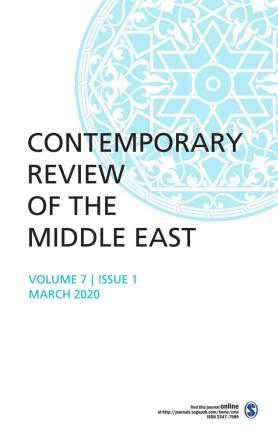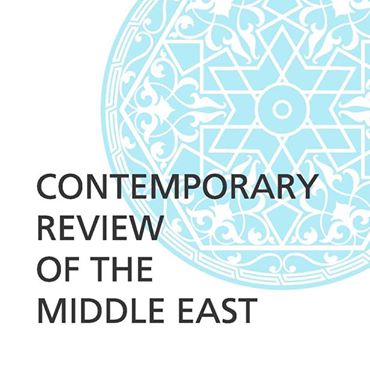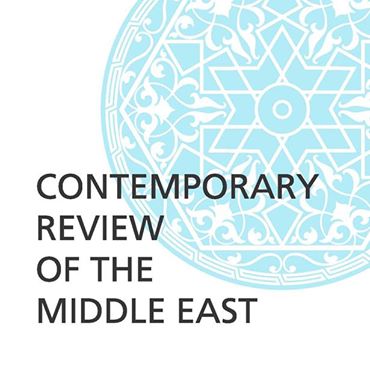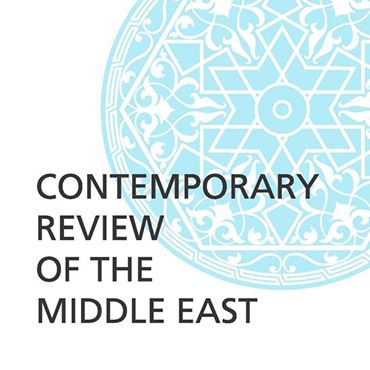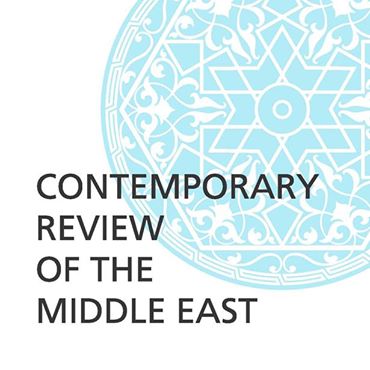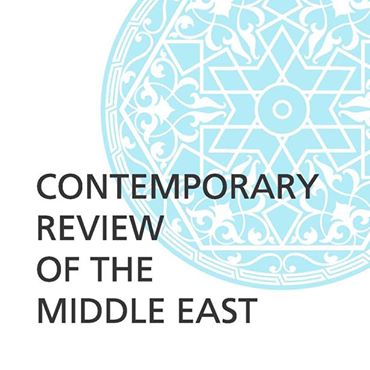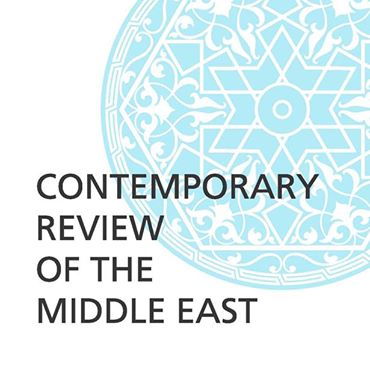Breaking
- MENU
Lorem Ipsum is simply dummy text of the printing and typesetting industry.
http://journals.sagepub.com/toc/cmea/3/3
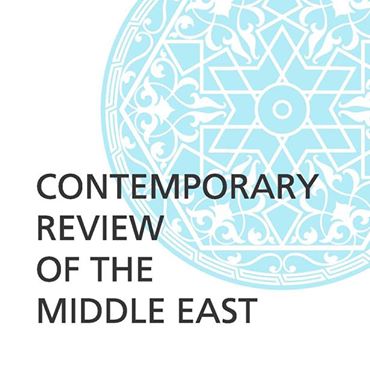
1) Dateline MEI By P.R. Kumaraswamy; pp. 227-230 Read More
2) Holocaust Education and Displaced Persons (DP) Camps By Irene Eber; pp. 231–236
Abstract: A bulk of focus regarding Holocaust education is laid on concentration camps while information about displaced persons (DP) camps is scarce. For reasons that are not clear, Holocaust education generally neglects the crucial question of how the surviving remnants managed in the first year or two after 1945 and materials about how people coped with surviving survival are not plentiful. It is important because in the initial years after liberation, the DPs needed help in returning to life, in relearning to make choices, in confronting the empty reality of their new existence, in trusting other human beings, and in becoming trustworthy themselves. Holocaust education must address the loss of human values by the perpetrators and the incongruous position of the victims who were then forced to live among them. The incongruity was compounded by the fact that victor, victim, and perpetrator did not have a common language. Read More
3) Teaching about the Holocaust in Israel: A Pedagogical Approach Adopted by the Israeli Ministry of Education By Eyal Kaminka; pp. 237–249
Abstract: Holocaust education in any setting requires a careful approach, taking into consideration the cultural sensitivities of the target audiences, local history and current trends. In Israel, where Holocaust education has been created and developed over decades to produce models used around the world, this approach can be examined using the prism of the nationally instituted curriculum. The following article presents the rationale and ramifications of Holocaust education in Israel, as well as principles and suggestions to be considered in Holocaust education world over. Real More
4) Holocaust Education in Turkey: Past, Present, and Future By Pınar Dost-Niyego, İlker Aytürk; pp. 250–265
Abstract: The article emphasizes on the challenges stemming from writing the history of a multicultural, multiethnic, and multireligious, post-imperial society from the perspective of a nation-state that strives for sweeping all differences under the carpet. It focuses on the complete absence of Holocaust education in Turkish public curricula. There are various challenges that future Holocaust educators do and may face in Turkey and the article strives to address some of them. It concludes that Holocaust education can contribute to memory studies, citizenship, and human rights education in Turkey, empowering an already existing public debate on confronting Turkey’s troubled past. Read More
5) Holocaust Education in a Country without Holocaust Experience: Facing Burdensome Past with Rescuer Stories in South Korea By Ho-Keun Choi; pp. 266–278
Abstract: This article reviews the education of the burdensome past in South Korea and shows the implications of the Holocaust education in the Western countries upon it. It begins with presenting structural and situational conditions in which the national past was dealt with and then examines how and to what extent the Holocaust education has developed in the country. Lastly, it proposes a strategy which could facilitate the education of its own burdensome past as well as the Holocaust in the country. To pursue the Holocaust education more actively, the Korean teachers are in need of a long-term strategy—a transition from regional to national level on one hand and from outside to inside of the school system on the other hand. The most important task lies in gaining an approval from all the stakeholders for such a policy. Read More
6) Conceptual and Methodological Clues for Approaching the Connections between Mexico and the Holocaust: Separate or Interconnected Histories? By Judit Bokser Liwerant, Daniela Gleizer, Yael Siman; pp. 279–315
Abstract: Connections between the Holocaust and Latin America have yet to be fully elucidated. Next to the US, Latin America collectively hosted the largest number of European refugees during the 1930s and 1940s. During the Second World War, it held a non-marginal place in a highly interconnected global scenario and hence it is essential to incorporate a transnational perspective to examine the multiple contacts, links, and exchanges created by social and political actors across the borders of nation-states and beyond the geographies of the Holocaust on the European continent. By tracing how individual and collective agents interacted at the levels of state, society, and community, it is possible to shed light on a complex history of interconnected and separate processes and decisions. Although Mexico was one of the Latin American countries that admitted a low number of refugees (ca. 2,000), its role as a host country constitutes a rich opportunity for exploring key issues of rescue, survival, and integration and the interconnections among governmental and non-governmental actors remained frequent and intense during the war and its aftermath. Methodologically, it offers some clues for bringing together macro- and micro-histories as well as historical analysis and oral history. Read More
7) Comparative Analysis of the Genocidal Process: Holocaust and the Genocide against the Tutsi By Donatien Nikuze; pp. 316–328
Abstract: The Holocaust and genocide against the Tutsi occurred in the twentieth century. To document and promote greater understanding of genocide, it is essential to compare events of the Holocaust with the genocide against the Tutsi. The main purpose is not to compare pain, but rather to understand the complex social phenomenon through a detailed evaluation of existing official and unofficial accounts of historical events as documented by public records, private diaries, books, newspapers, journals, and other periodicals. By outlining the key moments that led to both genocides, it is possible to shed light on the nature of the genocide itself and although different, the Holocaust and the genocide against the Tutsi share certain common elements. Read More
8) Teaching about the Holocaust and Genocide in Rwanda By Jean-Damascène Gasanabo, Freddy Mutanguha, Aimable Mpayimana; pp. 329–345
Abstract: Rwanda’s efforts to develop educational curricula about the Genocide against Tutsi require it to not only grapple with history, but also to draw lessons from elsewhere, especially the Holocaust. Rwandan education, formal and informal, has developed with a new generation of learners to study the genocide. Drawing on lessons from the Holocaust and the Genocide against the Tutsi, educational programs, both in and out of school of it, are guiding learners through encounter with these historical events, helping them to think critically. These tactics combine to help create resilient communities with the capacity to understand genocide and its dynamics.
9) Annexure By Md. Muddassir Quamar; pp. 346–359
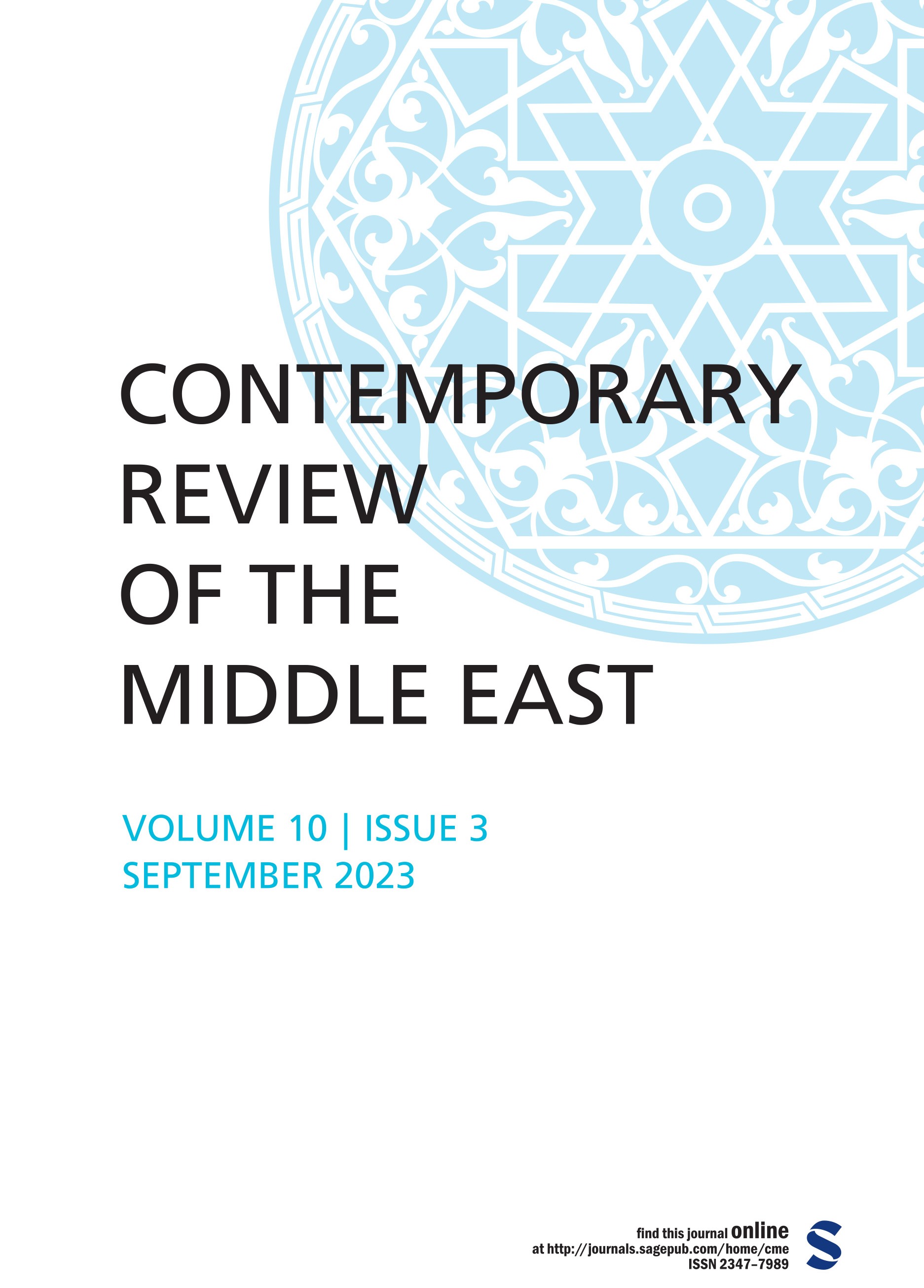
Invented Tradition as a Theoretical Approach Within Iranian Memory Studies: A Review Mohammad
Read More »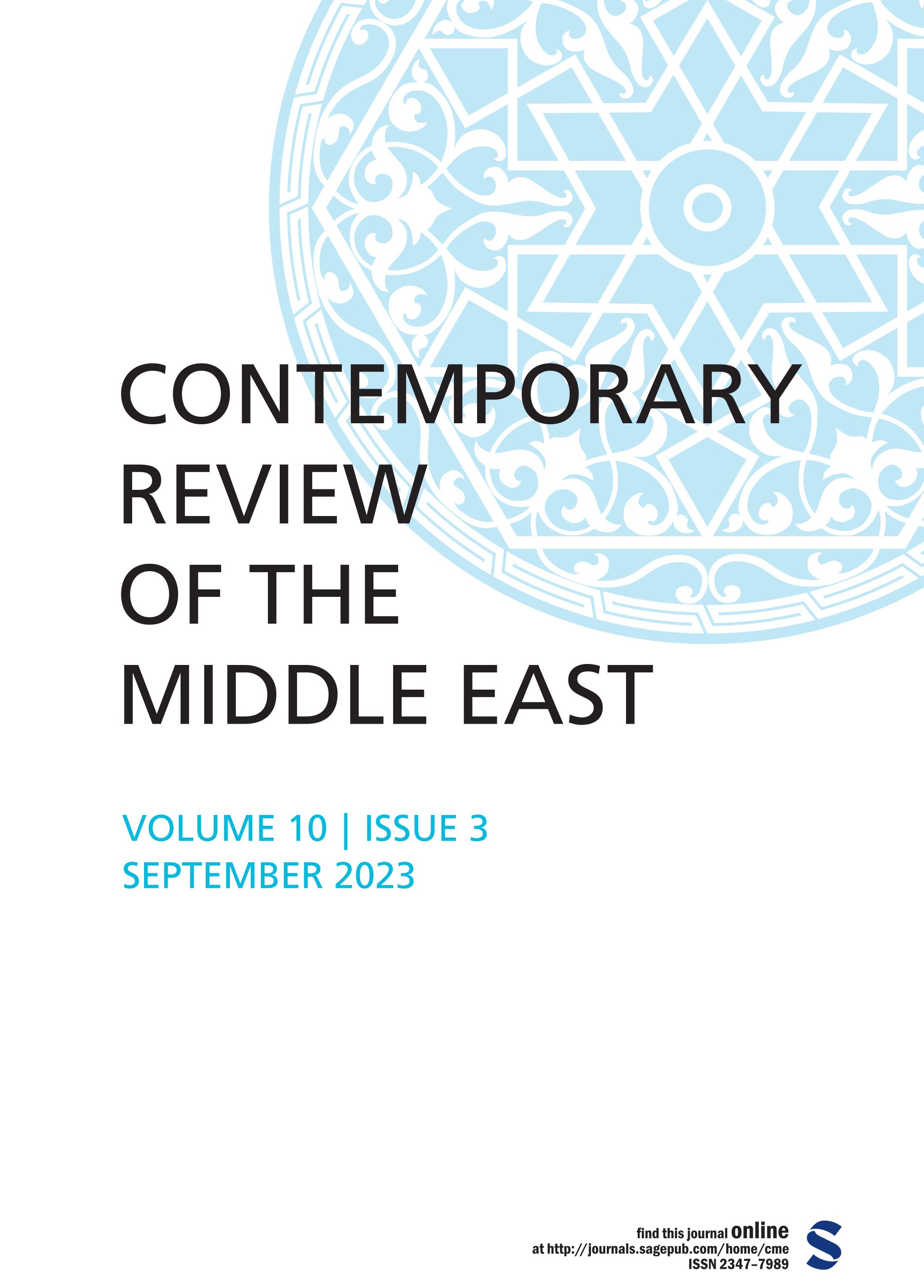
Neo-Ottoman Turk-Scape: Analyzing the Role of Dizis as Türkiye’s Soft Power Mohammad Reyaz and
Read More »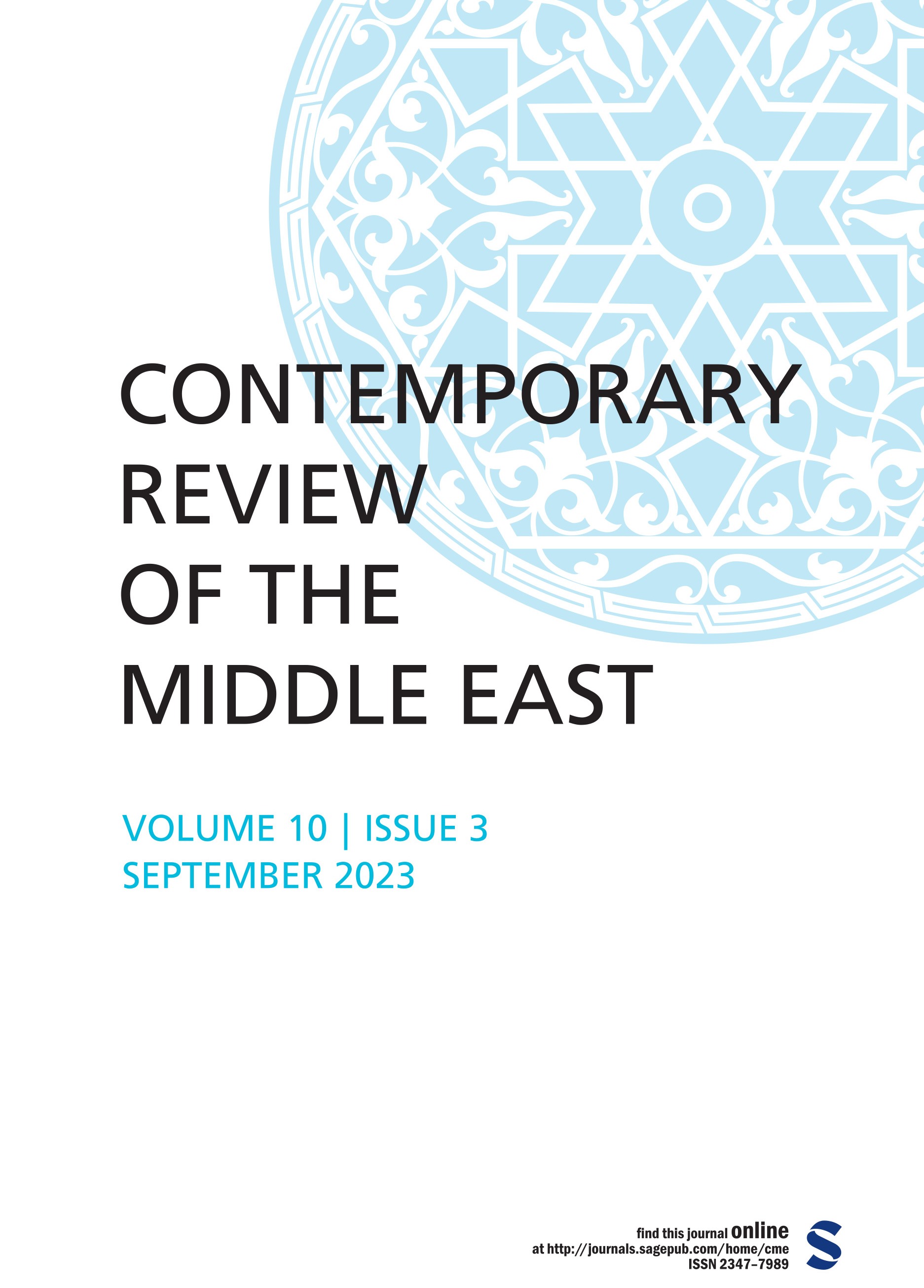
The Relations of Vietnam with the Middle East-North Africa Region: From a Divided State to an Important&
Read More »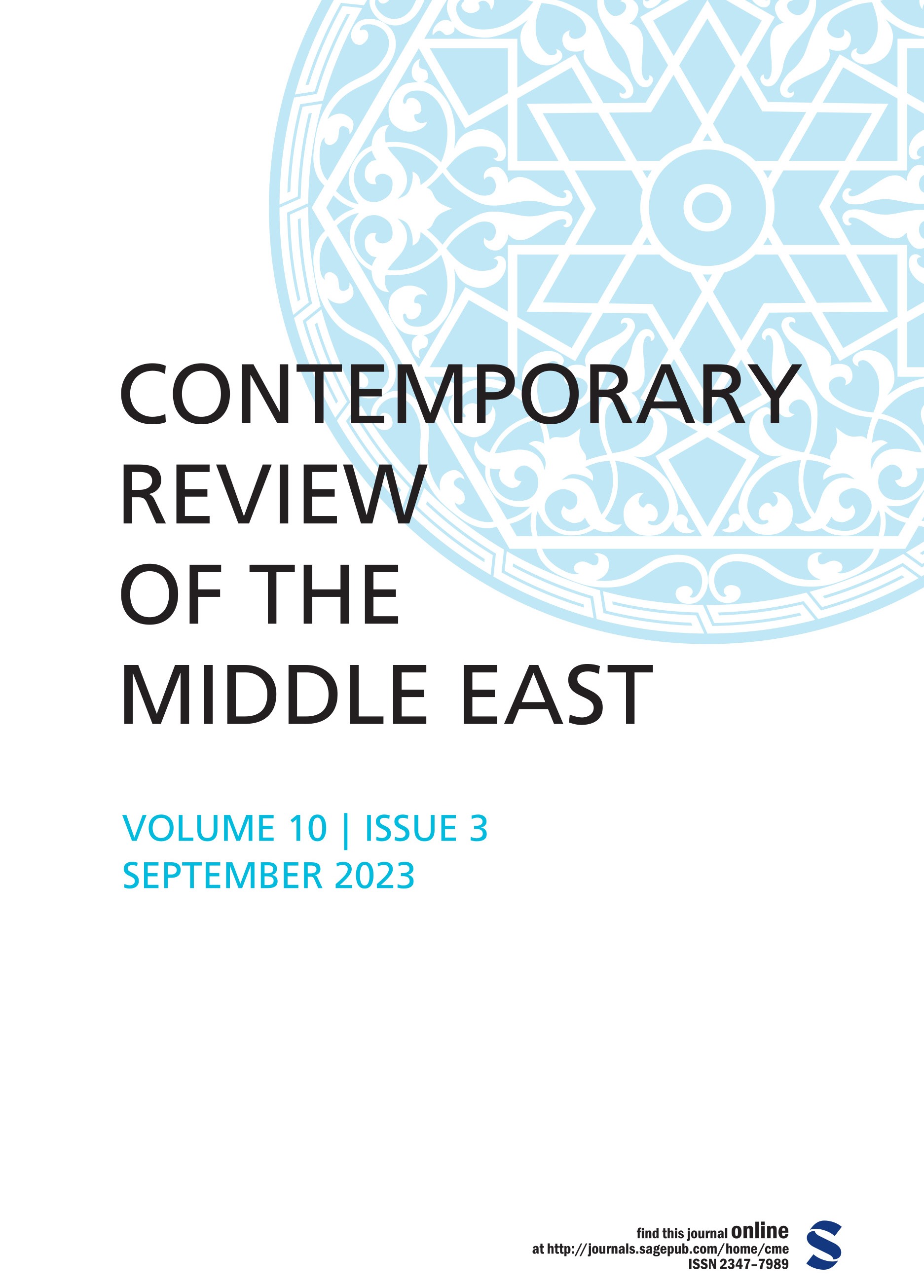
An Analysis of Yemen’s Geostrategic Significance and Saudi-Iranian Competition for Regional Hegemo
Read More »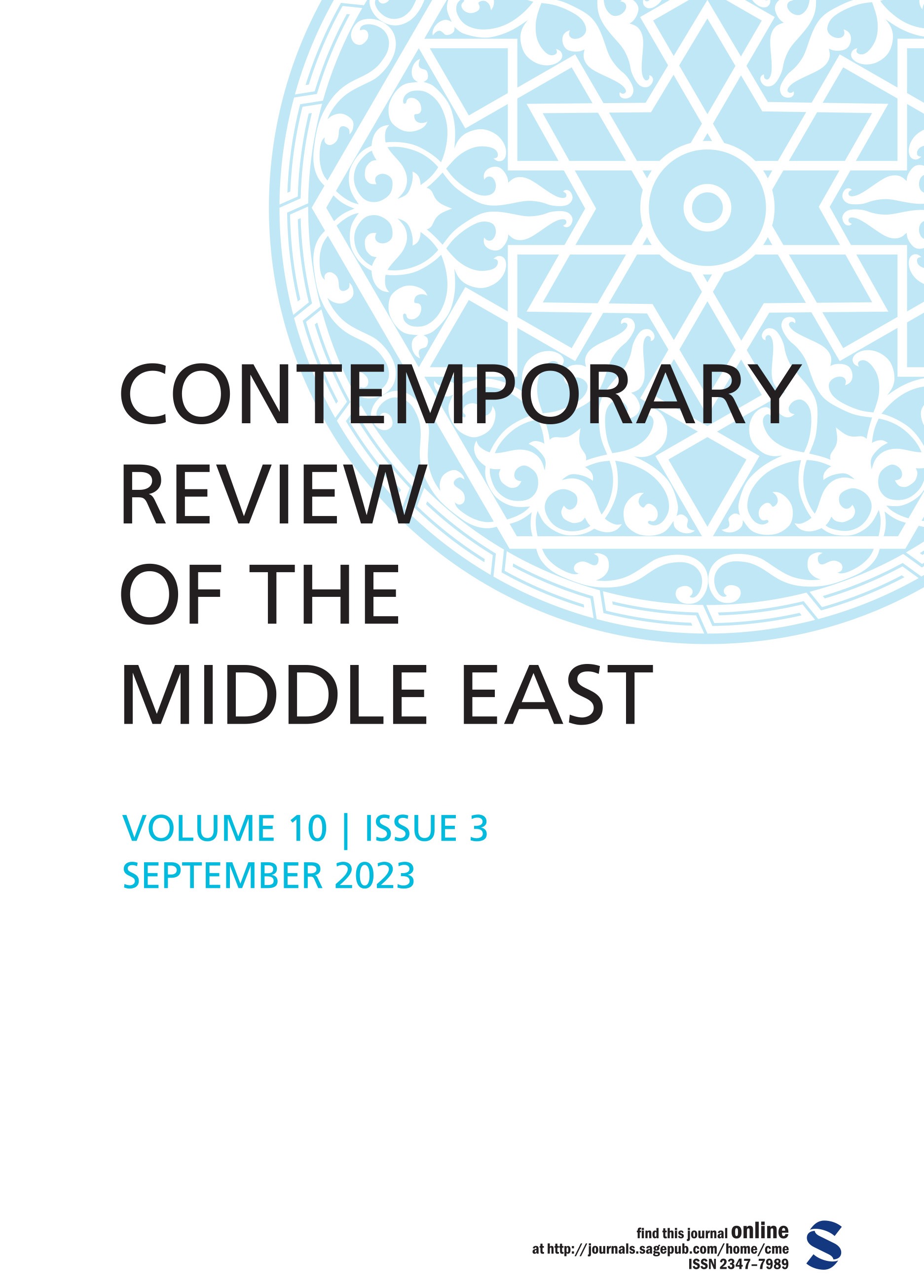
The National Reconciliation Process in Algeria During the Bouteflika’s Era: The Official Narrative Fa
Read More »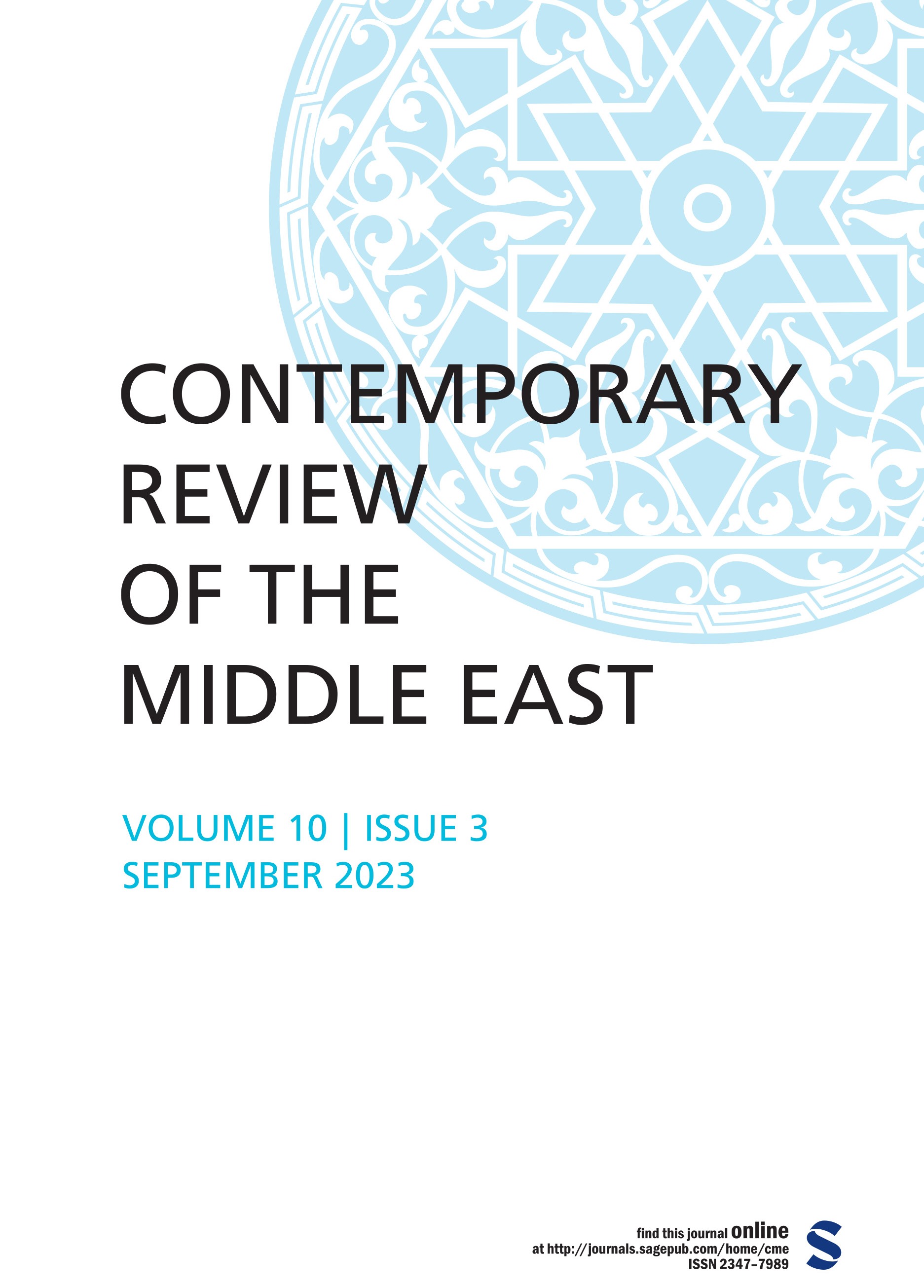
Dateline MEI When Netanyahu Rocks the Israel Boat, Nero Style P. R. Kumaraswamy For the text see: We
Read More ».jpg)
.jpg)
